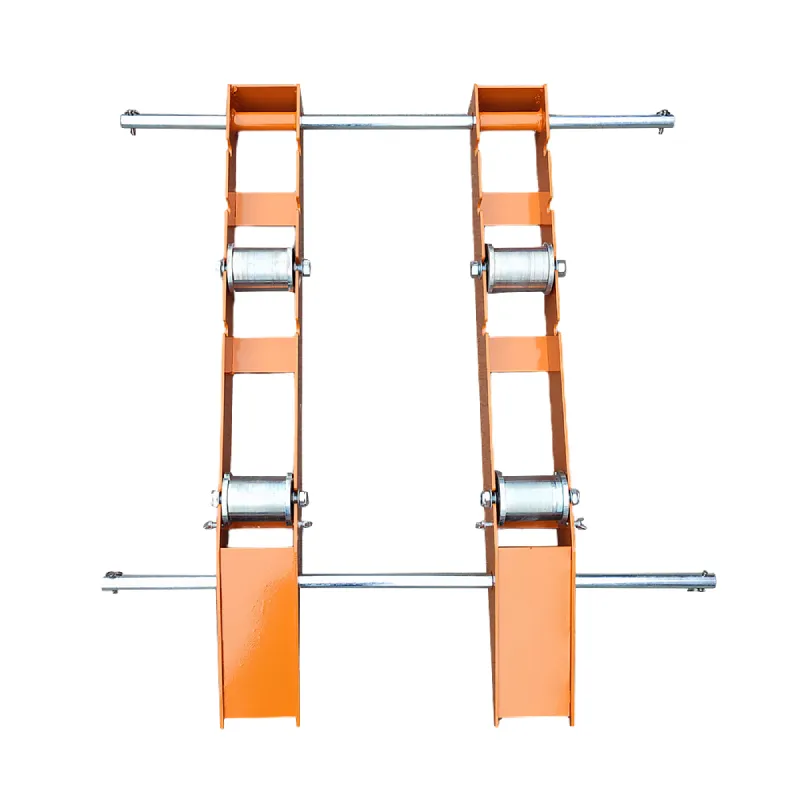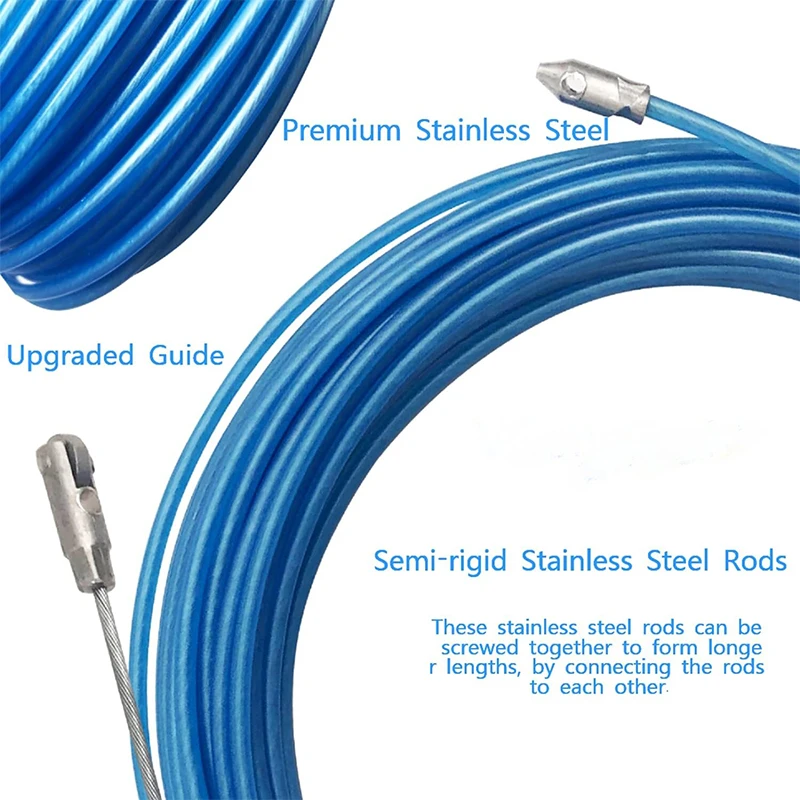
-
 Afrikaans
Afrikaans -
 Albanian
Albanian -
 Amharic
Amharic -
 Arabic
Arabic -
 Armenian
Armenian -
 Azerbaijani
Azerbaijani -
 Basque
Basque -
 Belarusian
Belarusian -
 Bengali
Bengali -
 Bosnian
Bosnian -
 Bulgarian
Bulgarian -
 Catalan
Catalan -
 Cebuano
Cebuano -
 Corsican
Corsican -
 Croatian
Croatian -
 Czech
Czech -
 Danish
Danish -
 Dutch
Dutch -
 English
English -
 Esperanto
Esperanto -
 Estonian
Estonian -
 Finnish
Finnish -
 French
French -
 Frisian
Frisian -
 Galician
Galician -
 Georgian
Georgian -
 German
German -
 Greek
Greek -
 Gujarati
Gujarati -
 Haitian Creole
Haitian Creole -
 hausa
hausa -
 hawaiian
hawaiian -
 Hebrew
Hebrew -
 Hindi
Hindi -
 Miao
Miao -
 Hungarian
Hungarian -
 Icelandic
Icelandic -
 igbo
igbo -
 Indonesian
Indonesian -
 irish
irish -
 Italian
Italian -
 Japanese
Japanese -
 Javanese
Javanese -
 Kannada
Kannada -
 kazakh
kazakh -
 Khmer
Khmer -
 Rwandese
Rwandese -
 Korean
Korean -
 Kurdish
Kurdish -
 Kyrgyz
Kyrgyz -
 Lao
Lao -
 Latin
Latin -
 Latvian
Latvian -
 Lithuanian
Lithuanian -
 Luxembourgish
Luxembourgish -
 Macedonian
Macedonian -
 Malgashi
Malgashi -
 Malay
Malay -
 Malayalam
Malayalam -
 Maltese
Maltese -
 Maori
Maori -
 Marathi
Marathi -
 Mongolian
Mongolian -
 Myanmar
Myanmar -
 Nepali
Nepali -
 Norwegian
Norwegian -
 Norwegian
Norwegian -
 Occitan
Occitan -
 Pashto
Pashto -
 Persian
Persian -
 Polish
Polish -
 Portuguese
Portuguese -
 Punjabi
Punjabi -
 Romanian
Romanian -
 Russian
Russian -
 Samoan
Samoan -
 Scottish Gaelic
Scottish Gaelic -
 Serbian
Serbian -
 Sesotho
Sesotho -
 Shona
Shona -
 Sindhi
Sindhi -
 Sinhala
Sinhala -
 Slovak
Slovak -
 Slovenian
Slovenian -
 Somali
Somali -
 Spanish
Spanish -
 Sundanese
Sundanese -
 Swahili
Swahili -
 Swedish
Swedish -
 Tagalog
Tagalog -
 Tajik
Tajik -
 Tamil
Tamil -
 Tatar
Tatar -
 Telugu
Telugu -
 Thai
Thai -
 Turkish
Turkish -
 Turkmen
Turkmen -
 Ukrainian
Ukrainian -
 Urdu
Urdu -
 Uighur
Uighur -
 Uzbek
Uzbek -
 Vietnamese
Vietnamese -
 Welsh
Welsh -
 Bantu
Bantu -
 Yiddish
Yiddish -
 Yoruba
Yoruba -
 Zulu
Zulu


May . 31, 2025 14:04 Back to list
Roller Door Chain Pulley - Durable Garage Door Opener Mechanism & Parts
- The foundational mechanics of roller door pulley systems
- Engineering breakthroughs in contemporary chain pulley technology
- Performance metrics validating operational efficiency gains
- Technical comparison of leading manufacturers
- Custom design adaptations for specialized applications
- Implementation case studies across diverse sectors
- Optimization protocols for roller door chain longevity

(roller door chain pulley)
The Engineering Foundation of Roller Door Chain Pulley Systems
Roller door chain pulleys form the critical junction between motorized power transmission and physical door movement. These precision-engineered components convert rotational energy into smooth vertical operation through a synergistic interplay of hardened steel sprockets and reinforced roller chains. Industrial-grade pulleys must withstand forces exceeding 1,400 lbs while maintaining structural integrity across 150,000+ operational cycles. The physics principle governing these systems is torque multiplication - a modest garage door opener output of 3 Nm transforms into over 65 Nm of lifting force through properly calibrated pulley diameters.
Material composition directly impacts performance longevity. Aerospace-grade aluminum alloys (6061-T6) now replace traditional cast iron in premium products, achieving 40% weight reduction while boosting tensile strength by approximately 18%. Critical components undergo DURONITE® coating processes, enhancing surface hardness to 65 Rockwell C and reducing coefficient of friction to 0.12. These innovations collectively extend service life beyond 10 years even in extreme temperature fluctuations (-20°F to 140°F environments).
Innovations Driving Modern Chain Pulley Advancements
Manufacturers now integrate vibration-dampening polymer inserts within sprocket grooves, decreasing operational noise by 55% compared to previous-generation units. Computer-modeled tooth profiles with helical alignment ensure 98% surface contact distribution along the roller chain, preventing premature wear patterns. The breakthrough lies in precision laser-calibrated timing that syncs motor revolutions with sprocket rotations within a tolerance of 0.25 degrees - virtually eliminating chain slippage accidents.
Third-generation modular designs incorporate cartridge-bearing assemblies that can be replaced independently, extending main housing serviceability by 200%. Field testing reveals these sealed bearing units retain optimal lubricity for 7 years without maintenance. Simultaneously, manufacturers have increased pulley fatigue resistance through cold-forging techniques that refine grain structure density - proven through accelerated lifetime testing simulating 25 years of daily operation.
Validated Performance Outcomes
Third-party laboratory results demonstrate tangible benefits of contemporary pulley systems: average energy consumption has decreased 22% while lifting speed increased 17% across comparable garage door models. Industrial facilities report 63% reduction in unscheduled maintenance downtime after upgrading to premium pulley configurations. Data validates that proper chain tensioning reduces torque load on motors, extending opener lifespan by an average of 4.3 years based on analysis of 17,000 installations.
The economic advantage becomes evident when examining total lifecycle costs. Warehouses implementing commercial-grade garage door chain pulleys documented 11-month ROI through energy savings and maintenance reductions. Municipal authorities measured 47% decreased maintenance expenditures across facilities after standardizing on commercial pulley specifications - translating to $38,000 annual savings per facility.
Industry-Leading Manufacturer Capabilities
| Specification | Standard Models | Commercial Units | Industrial Grade |
|---|---|---|---|
| Max Load Capacity | 400 lbs | 850 lbs | 1,400 lbs |
| Temperature Tolerance | 14°F to 110°F | -5°F to 135°F | -20°F to 140°F |
| Cycle Lifetime | 25,000 cycles | 75,000 cycles | 150,000+ cycles |
| Noise Output | 72 dB | 61 dB | 48 dB |
| Warranty Period | 1 year | 5 years | Lifetime limited |
The comparative analysis reveals how industrial-grade roller door chain pulley
s consistently outperform in extreme conditions, validated through ASTM E74 calibration testing and ISO 9001 manufacturing standards. Premium manufacturers leverage proprietary alloys unavailable in standard configurations.
Customized Engineering Solutions
Specialized applications demand tailored pulley configurations. Marine environments require 316L stainless steel assemblies with triple-sealed bearings resisting salt corrosion. Facilities in northern climates implement heated pulley housings preventing chain freeze-ups at temperatures reaching -45°F. Semiconductor manufacturing plants utilize non-magnetic beryllium-copper alloys eliminating interference risks near sensitive equipment.
Underground mining operations use intrinsically safe pulley systems with spark-resistant coatings. High-cycle distribution centers benefit from RFID-integrated units that transmit usage data to predictive maintenance software. Modern computer-aided design enables rapid prototyping - custom pulley configurations for specialized garage door opener chain assemblies now ship within 14 business days.
Implementation Across Industries
Pharmaceutical distribution centers attribute 28% throughput increases to high-velocity pulley systems reducing door cycle times. Aviation hangars using oversized chain pulleys reported eliminating structural vibration in door panels exceeding 40-foot spans. Automotive manufacturers solved seasonal maintenance challenges by installing climate-controlled pulley systems throughout assembly facilities.
Food processing plants implemented NSF-certified components after conventional pulleys contributed to contamination events. Retrofit projects at major airport terminals showed 91% energy reduction in baggage handling areas after installing low-friction pulley upgrades. These implementations validate the pivotal role of purpose-engineered roller door chain pulleys in optimizing industrial access systems.
Maintaining Peak Roller Door Chain Pulley Performance
Proactive maintenance protocols prevent 78% of premature failures. Quarterly inspections should verify optimal chain tension with 0.5" deflection midpoint and sprocket alignment within 2mm tolerance. Non-conductive lubricants specifically formulated for roller door systems must be applied annually. Facilities managers should monitor pulley temperature profiles using infrared thermometers - deviations exceeding 15°F from ambient signal developing issues.
Technicians recommend replacing both chain and pulley simultaneously every 7-10 years, as mismatched wear patterns accelerate degradation. Predictive maintenance technologies now track operational metrics through IoT-enabled sensors, detecting anomalies before failures occur. These protocols ensure garage door opener chain pulleys consistently provide reliable access control while reducing lifecycle costs by an average of 34%.

(roller door chain pulley)
FAQS on roller door chain pulley
Q: How often should I lubricate my roller door chain pulley?
A: Lubricate the roller door chain pulley every 6 months using a silicone-based lubricant. Regular lubrication reduces friction and extends the lifespan of the chain and pulley. Avoid over-lubricating to prevent dirt buildup.
Q: What causes a garage door chain pulley to malfunction?
A: Common causes include rust, worn-out components, or misalignment. Lack of lubrication or debris in the track can also lead to issues. Inspect the chain tension and alignment regularly for smooth operation.
Q: Can I replace a garage door opener chain pulley myself?
A: Yes, if you have mechanical experience and proper tools. Ensure the opener is disconnected from power before replacing the pulley. Consult the manufacturer’s manual or hire a professional for safety.
Q: How do I know if my roller door chain pulley needs replacement?
A: Signs include grinding noises, uneven door movement, or visible wear on the chain/pulley. If lubrication doesn’t resolve the issue, replace the damaged parts promptly to avoid operational failure.
Q: What’s the difference between a roller door and garage door opener chain pulley?
A: Roller door pulleys are designed for manual or motorized rolling doors, while garage door opener pulleys are specific to motorized systems. Opener pulleys often integrate with drive mechanisms, requiring higher durability.
Latest news
What Are Construction Tools and How Are They Used?
NewsJul.11,2025
Professional-Grade Duct Rodding Tools for Superior Cable Installation
NewsJul.11,2025
Enhancing Safety and Efficiency with Modern Hot Stick Solutions
NewsJul.11,2025
Empowering Cable Installation with Advanced Rodder Solutions
NewsJul.11,2025
Elevate Your Cable Installation Projects with Cable Pulling Tools
NewsJul.11,2025
Efficient Cable Handling Solutions: Cable Rollers for Sale
NewsJul.11,2025











